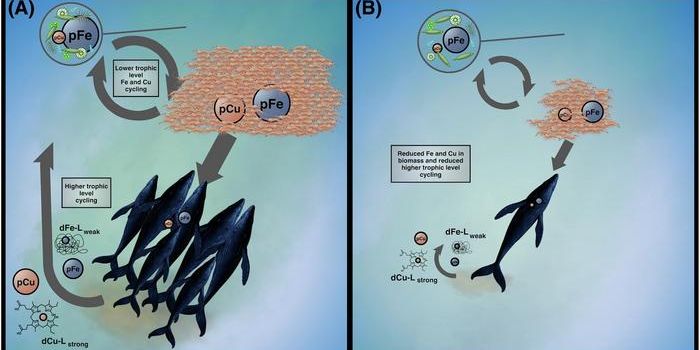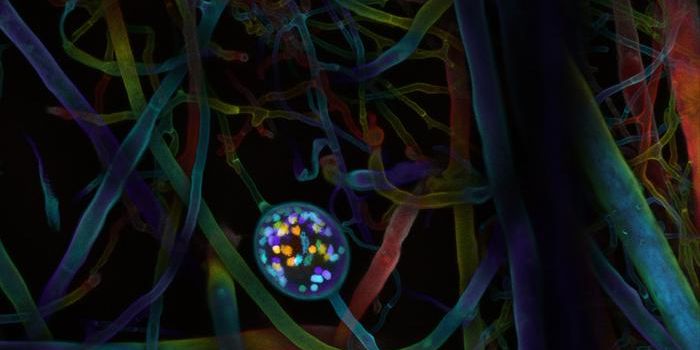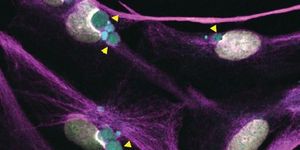How artificial intelligence (AI) is improving immunotherapy
Researchers at Case Western Reserve University’s digital imaging lab are pioneering the use of Artificial Intelligence (AI) to predict the efficacy of chemotherapy and determine which patients will benefit from the immunotherapeutic. This is especially true since roughly 20% of all cancer patients actually benefit from the immunotherapy-- a treatment that utilizes drugs to strengthen the immune system against the fight for cancer, as opposed to chemotherapy which are drugs that directly target the cancer cells.
"This is no flash in the pan -- this research really seems to be reflecting something about the very biology of the disease, about which is the more aggressive phenotype, and that's information oncologists do not currently have," said Anant Madabhushi.
Technology has always been manipulated to advance healthcare. For this particular study, it’s all about teaching a computer to detect the unseen changes in lung cancer CT scans and compare them to the first 2-3 cycles of immunotherapy treatment.
"Even though immunotherapy has changed the entire ecosystem of cancer, it also remains extremely expensive -- about $200,000 per patient, per year," Madabhushi said. "That's part of the financial toxicity that comes along with cancer and results in about 42% of all new diagnosed cancer patients losing their life savings within a year of diagnosis, doing a better job of matching up which patients will respond to immunotherapy instead of throwing $800,000 down the drain.”
Findings of the study were published in the journal Cancer Immunology Research.
The figure above shows differences in CT radiomic patterns before and after initiation of checkpoint inhibitor therapy. (Caption and Image Credit via Case Western University)
"This is important because when a doctor decides based on CT images alone whether a patient has responded to therapy, it is often based on the size of the lesion," says Khorrami, a graduate student working at advancing research for the computer program. "We have found that textural change is a better predictor of whether the therapy is working. Sometimes, for example, the nodule may appear larger after therapy because of another reason, say a broken vessel inside the tumor -- but the therapy is actually working. Now, we have a way of knowing that."
Watch this video below to learn more about the differences in immunotherapy versus chemotherapy:
The study was consistent in patients treated at two different regions with three other types of immunotherapeutic. "This is a demonstration of the fundamental value of the program, that our machine-learning model could predict response in patients treated with different immune checkpoint inhibitors," says Prasanna, a postdoctoral research associate in the Madabhushi lab. "We are dealing with a fundamental biological principal."
Source: Case Western University










